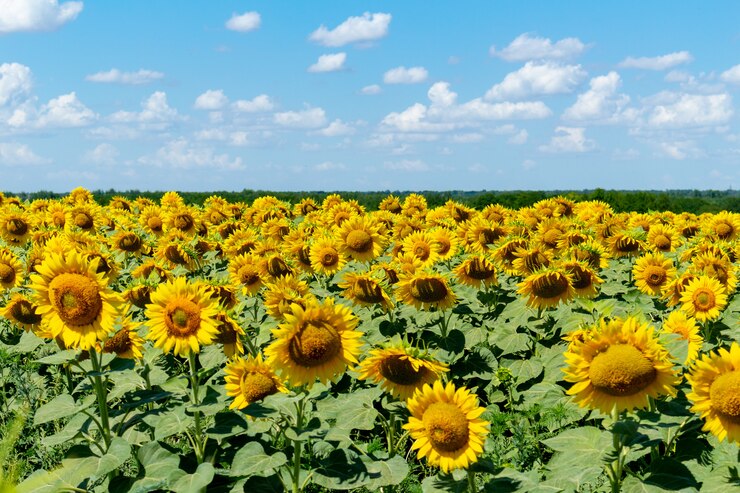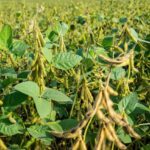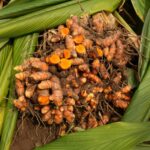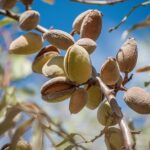Dryland farming, which relies solely on rainfall for crop production, is a key agricultural practice in South Africa, especially in semi-arid and arid regions. With unpredictable weather patterns and prolonged dry spells becoming more common, selecting the right crops is essential for successful and sustainable farming. This guide highlights the best crops for dryland farming in South Africa, taking into account climate adaptability, water efficiency, and market demand.
1. Sorghum
Sorghum is one of the most drought-tolerant grain crops in the world. It thrives in hot, dry climates and requires minimal rainfall to produce a good yield. In South Africa, sorghum is grown primarily in the North West, Free State, and Limpopo provinces. It is used for human consumption, animal feed, and brewing, making it a versatile and economically viable option for dryland farmers.
2. Maize (Drought-Tolerant Varieties)
Maize remains South Africa’s staple crop, even under dryland conditions. The key is to use early-maturing, drought-tolerant hybrids developed specifically for low-rainfall regions. These varieties require less water and can complete their growing cycle before the peak of the dry season. Maize is widely grown across the Free State, Mpumalanga, and KwaZulu-Natal provinces.
3. Sunflower
Sunflower is highly adaptable to dry conditions and requires less water than many other oilseed crops. It can be planted after good summer rains and harvested before the onset of dry weather. Sunflowers also help improve soil health and are an excellent rotation crop. They are a good source of oil and protein, ensuring high market value.
4. Cowpeas
Cowpeas are an excellent legume option for dryland farmers. They grow well in sandy soils and tolerate drought better than many other legumes. Cowpeas fix nitrogen in the soil, enhancing fertility and benefiting subsequent crops. They are used for both human consumption and livestock feed, with strong demand in local and export markets.
5. Pearl Millet
Pearl millet is another cereal crop that performs exceptionally well under dryland conditions. It has a short growing season and is highly tolerant to both heat and drought. This crop is gaining popularity among small-scale farmers in Limpopo and Northern Cape due to its resilience and nutritional value.
6. Groundnuts (Peanuts)
Groundnuts require moderate rainfall during their growing season but are still considered suitable for dryland farming, especially in regions with well-distributed seasonal rainfall. They thrive in sandy soils and provide both protein-rich food and valuable oil. With increasing local and international demand, groundnuts offer good income potential.
7. Bambara Groundnuts
Native to Africa, Bambara groundnuts are an underutilised yet highly resilient crop ideal for dryland farming. They are extremely drought-tolerant and grow well in poor soils. Rich in protein and carbohydrates, Bambara nuts are a nutritious food source and have growing market interest as a climate-smart crop.
8. Teff
Teff, an ancient grain native to Ethiopia, is gradually being introduced to South African farms. It requires minimal water and grows quickly, making it ideal for dryland systems. Its gluten-free grain is in high demand globally, and it can be used for both human food and forage.
Tips for Successful Dryland Farming
- Soil Management: Improve water retention through conservation tillage, cover cropping, and mulching.
- Crop Rotation: Rotate crops to maintain soil fertility and break pest cycles.
- Planting Timing: Synchronise planting with early rains to maximise moisture use.
- Spacing and Density: Adjust plant spacing to reduce competition for water.
Choosing the right crops for dryland farming in South Africa can significantly improve resilience and profitability in the face of climate challenges. Sorghum, drought-tolerant maize, sunflower, and legumes like cowpeas and groundnuts are top choices for farmers operating in water-scarce areas. With careful planning and sustainable practices, dryland farming can continue to thrive despite limited rainfall.







